I can take a wager that many of you poring over this blog post may not have stumbled into PimEyes. I was in the same boat until I started exploring facial recognition technology online. So, to unravel, PimEyes uses facial recognition tool to search images. When you upload your snap on this site, you discover hundreds of images with matching facial features. And, the pictures meet your eye in no time- in less than two seconds. This simple online experiment helps you come to grips with the power of facial recognition technology- a touchless disruptor.
Yes, there could be cons. Like any other disruptive technology, facial recognition can be abused. The big concern, of course, is on breach of privacy. Facial recognition technology can be misused to identify or misidentify people randomly. Some even view it as a creepy technology tool which can be misused for stalking. This explains why a handful of US laws curb the use of facial recognition systems. Then, this technology has its own limits. To illustrate, the use of facial recognition systems has proven to be less accurate when police used it for tracking down suspects of coloured skin.
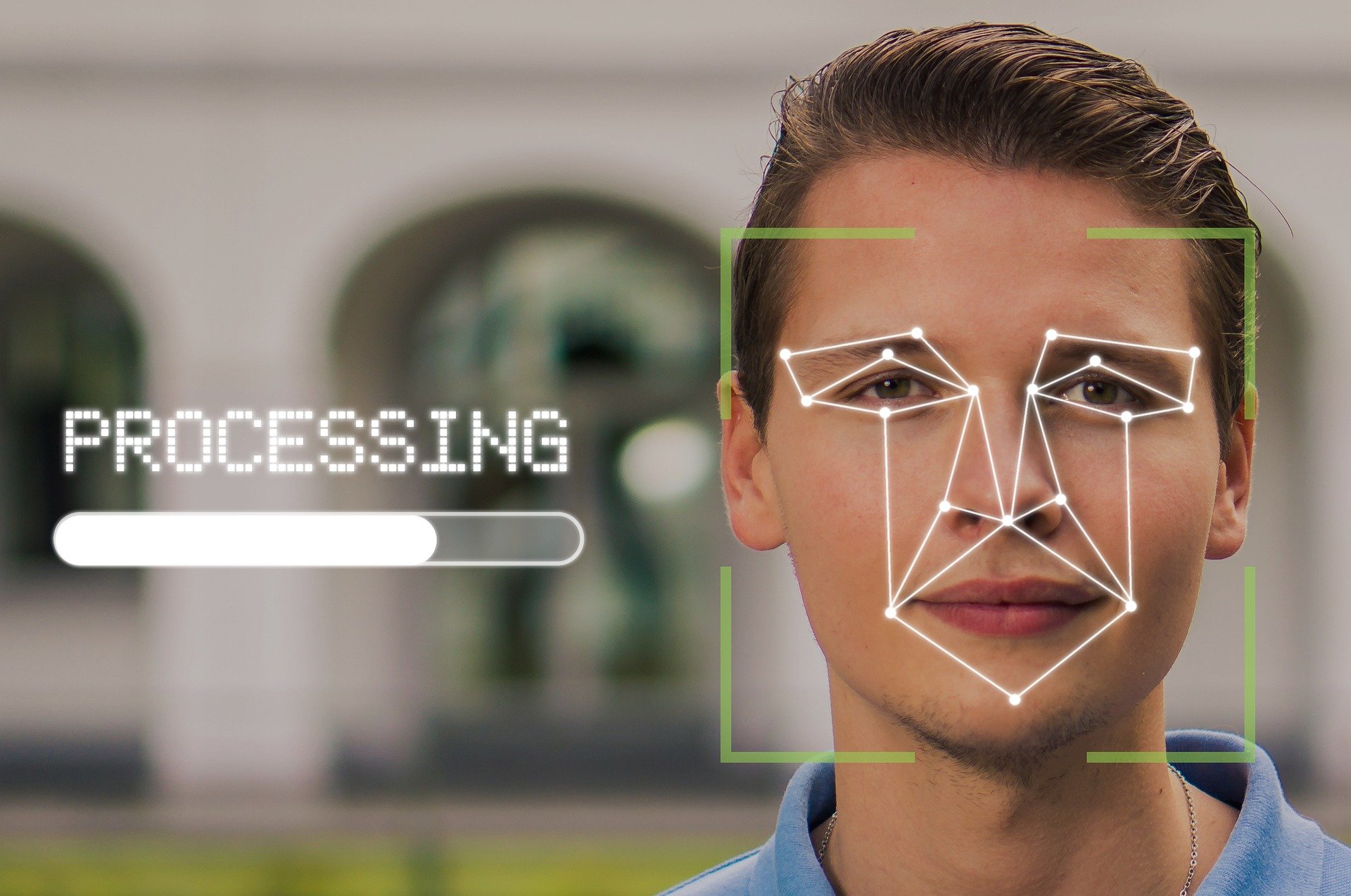
But looking at the way this technology is evolving, the boon outweighs any bane. In 2019, the global market for automated facial recognition stood at $3.2 billion. This market is tipped to zoom over 6X to reach $12.92 billion in 2027. Moreover, the latest algorithms are making facial recognition systems more accurate.
Why Facial Recognition Technology and How it Works?
Facial recognition is the process of identifying a person based on his face. It captures, analyses, and compares patterns based on a person's facial details. The snap thus captured is matched with the image already stashed in a digital database. Many aspects of the facial geometry are factored in for identification like spacing between the eyes, bridge of the nose, contour of the lips and ears and the gap between forehead and chin. Today, facial recognition is considered as the most natural of all biometric mapping tools. But why opt for facial recognition when we are already capturing Iris and fingerprints for biometrics? That’s because in facial recognition, there is no physical contact with the end user. Also, it is easy to deploy and use.
So.. The big boys Are Already Using It
Facebook introduced its DeepFace program in 2014, which can determine whether two faces belong to the same person with an accuracy rate of 97.25 per cent. Google went one up on automated face analysis with the launch of FaceNet in 2015. On the popular dataset Labeled Faces in the Wild (LFW), FaceNet achieved a new record accuracy of 99.63 per cent. Amazon has also started a cloud-based face recognition service called Rekognition designed for law enforcement agencies. The system can recognize 100 people in a single image and retrieve their faces from millions of databases.
Where’s the Uptake of Facial Recognition Growing?
- Security & Law Enforcement: It is a promising technology for police and law enforcement agencies for detecting, preventing and combating crime and acts of terror. Facial recognition can be handy while using identity documents. Also, face mapping can be employed for border checks and police checks. You can bet on Facial Recognition based CCTV systems in conducting public security missions like finding missing children and disoriented adults, identifying exploited children, tracking criminals as well as supporting and accelerating investigations.
- Heathcare: Face analysis powered by Deep Learning makes it possible to track a patient’s use of medication more accurately, detect genetic diseases with a success rate of 96 per cent and support pain management procedures. A more relevant use of Facial analysis technology could be in the ongoing Covid vaccination drive wherein beneficiary biometrics and demographics could be managed better.
- Banking & Retail: The least expected yet the most promising, Facial Recognition could be used by banks for completing KYC online. The banking sector has already tapped this technology, integrating it with their ATMs and using to check unauthorized entry to their premises. In retail, facial recognition can be of utility in detecting shoplifting and mapping the needs of visiting customers.
- Managing visitors to government offices: With automated Facial Recognition systems, governments can oversee and streamline the entry and exit of visitors to key offices and avert entry to high security and confidential zones. Available both in the portal and as a mobile app, the technology can help government authorities to cut down drastically on time taken to identify and authenticate visitors and improve transparency and efficiency. For example, technology powered facial analysis can verify a face in two to three seconds which done manually could have devoured 30 minutes or even more. The system is capable of generating detailed reports on Visitor Analytics, capturing data like approved and rejected requests, the count of visitors and the frequency, thus helping governments to make prudent decisions. It also makes government interface easy for the registered visitors as they can apply and check status of their requests as well as grievances lodged (if any) online.
Going ahead, facial recognition technology is slated to generate massive revenues. Its widespread adoption will be in surveillance and law enforcement, both functions anchored by governments. Driven by biometrics and embracing emerging technologies like Artificial Intelligence (AI) and Deep Learning, Facial Recognition promises to fast-track Digital Transformation efforts worldwide. In it, you have technology mapping your face to change the face of the world around you.















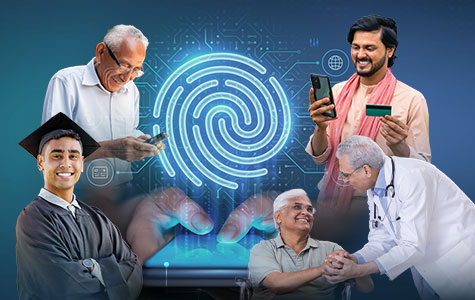
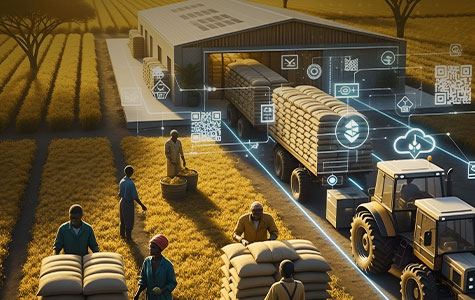
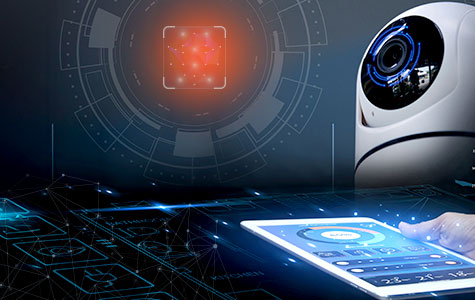

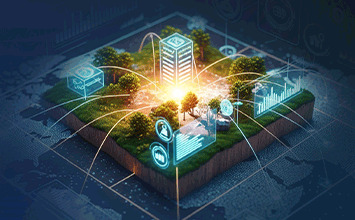
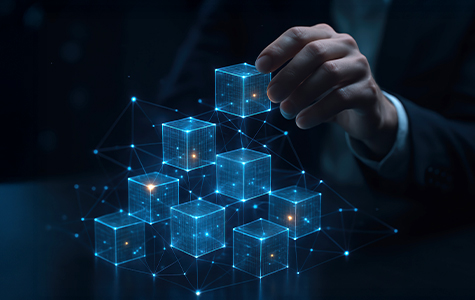




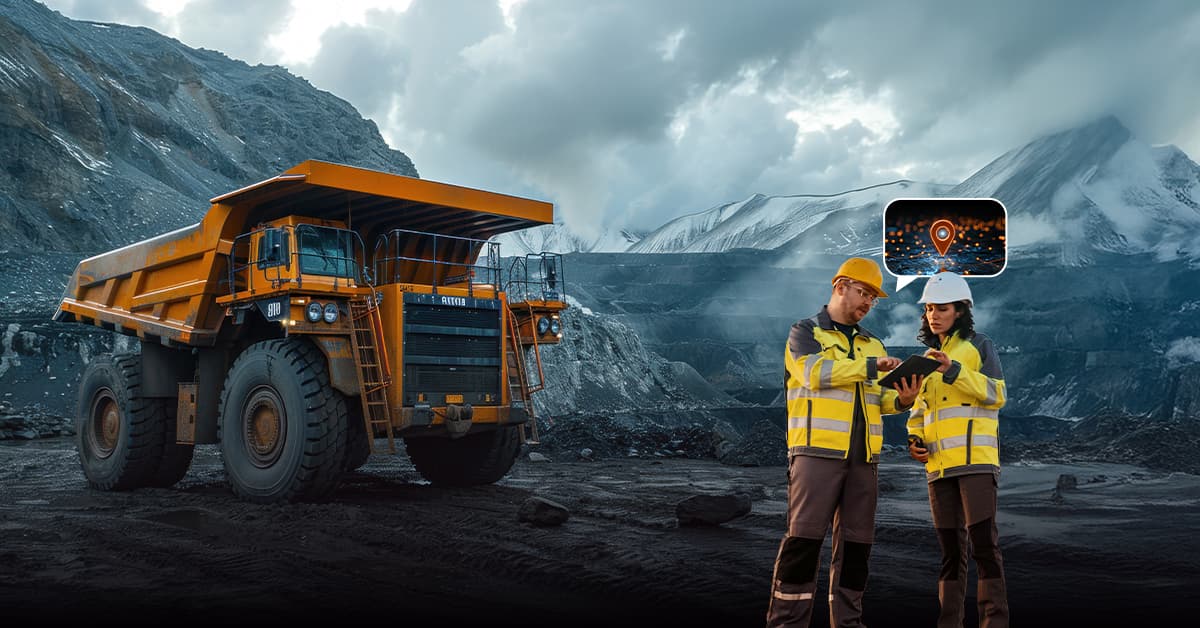
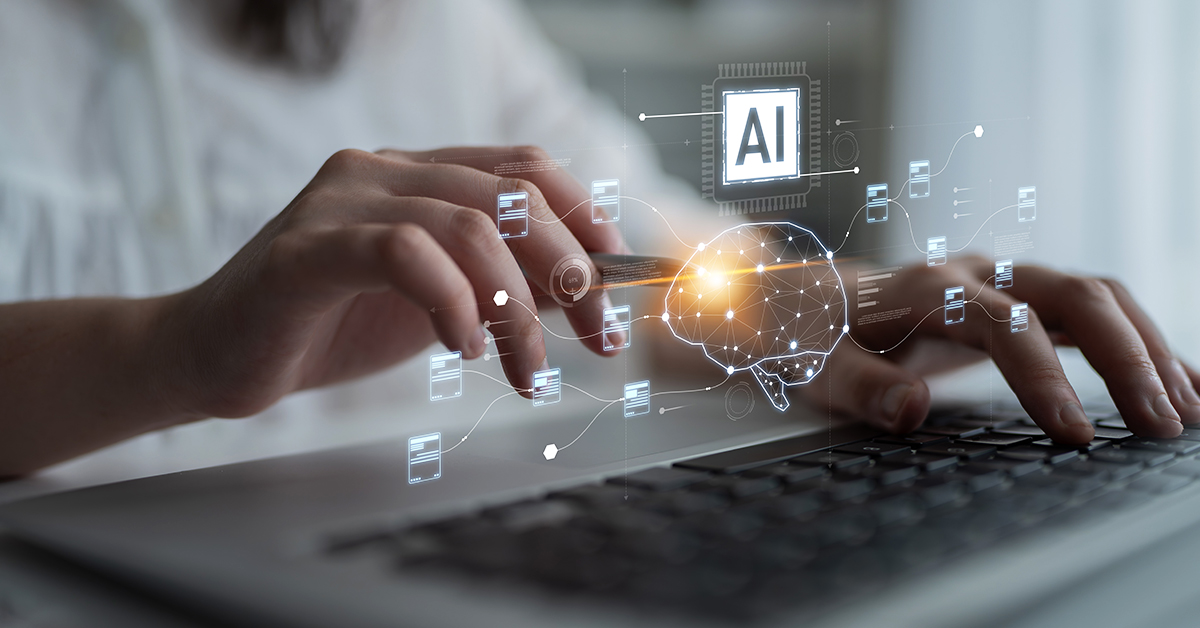


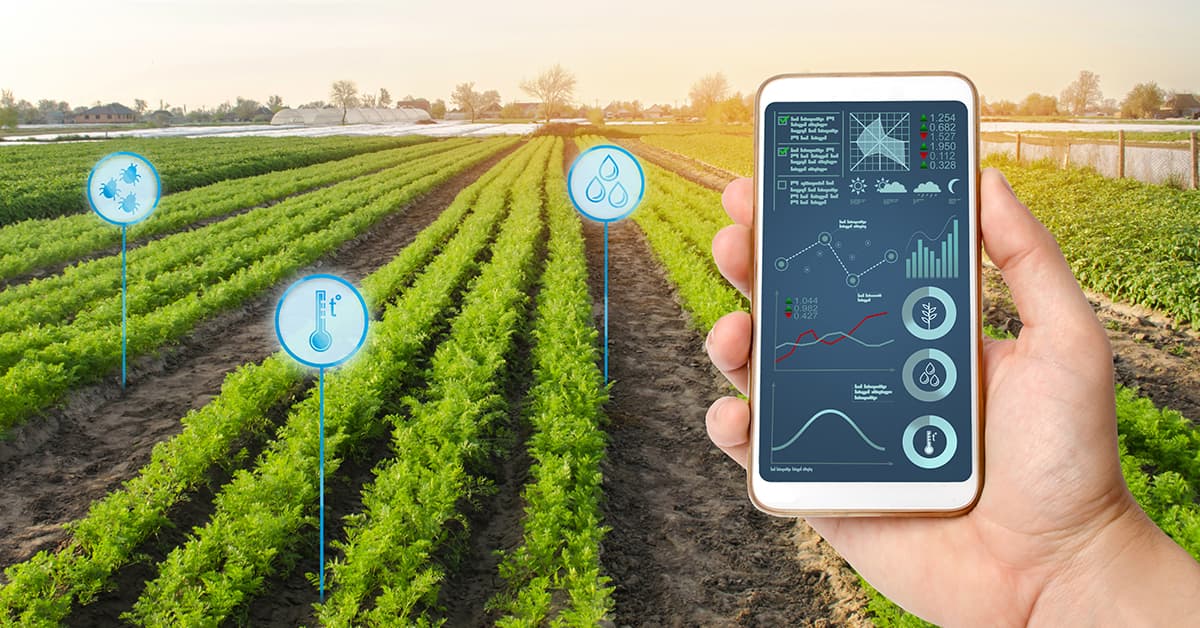
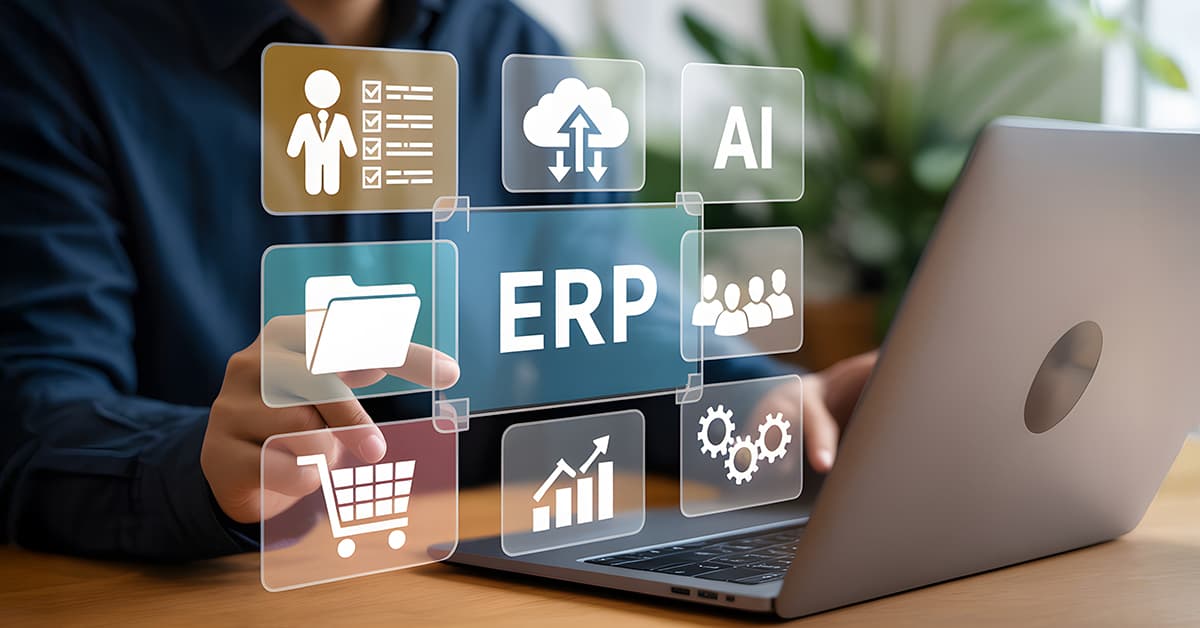






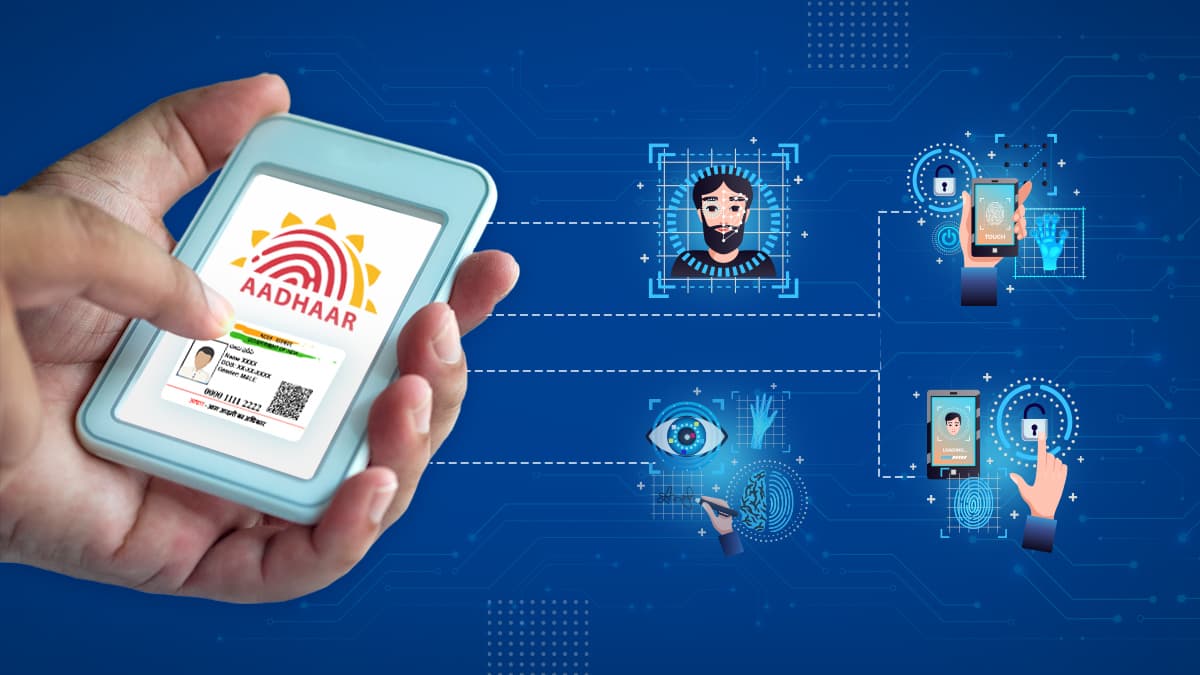




We will verify and publish your comment soon.